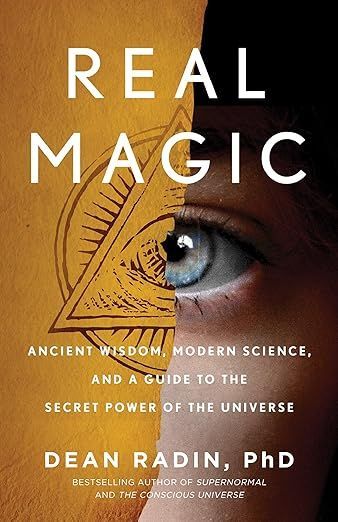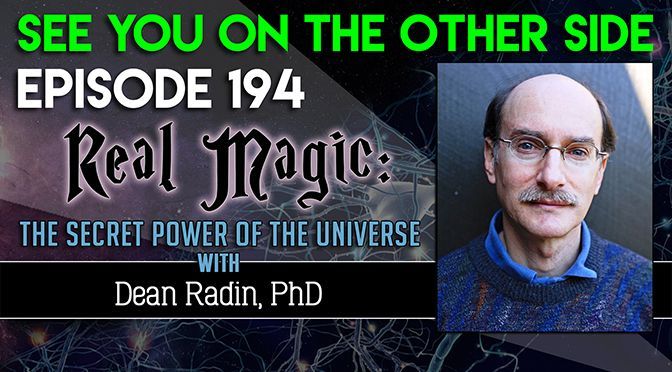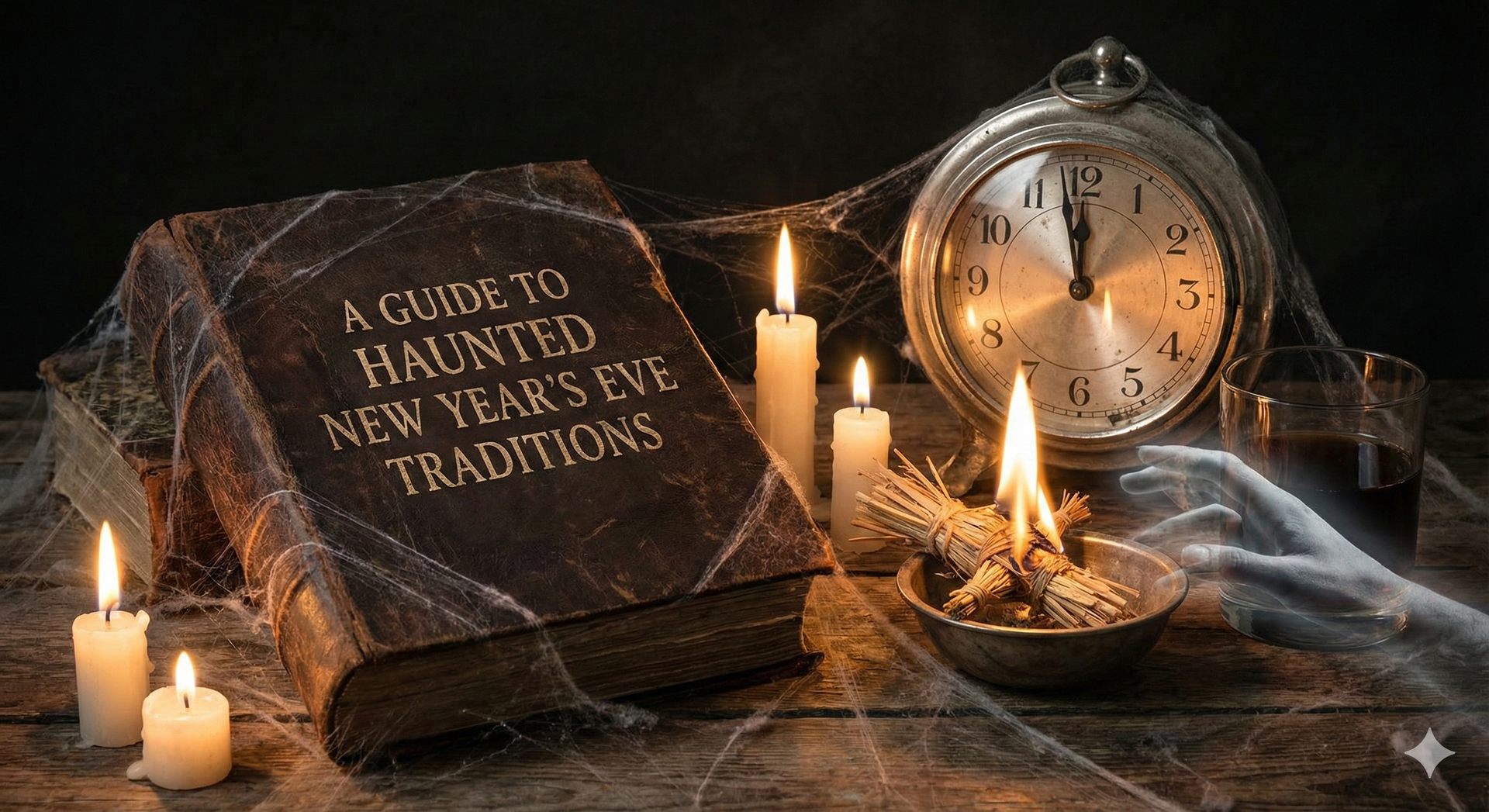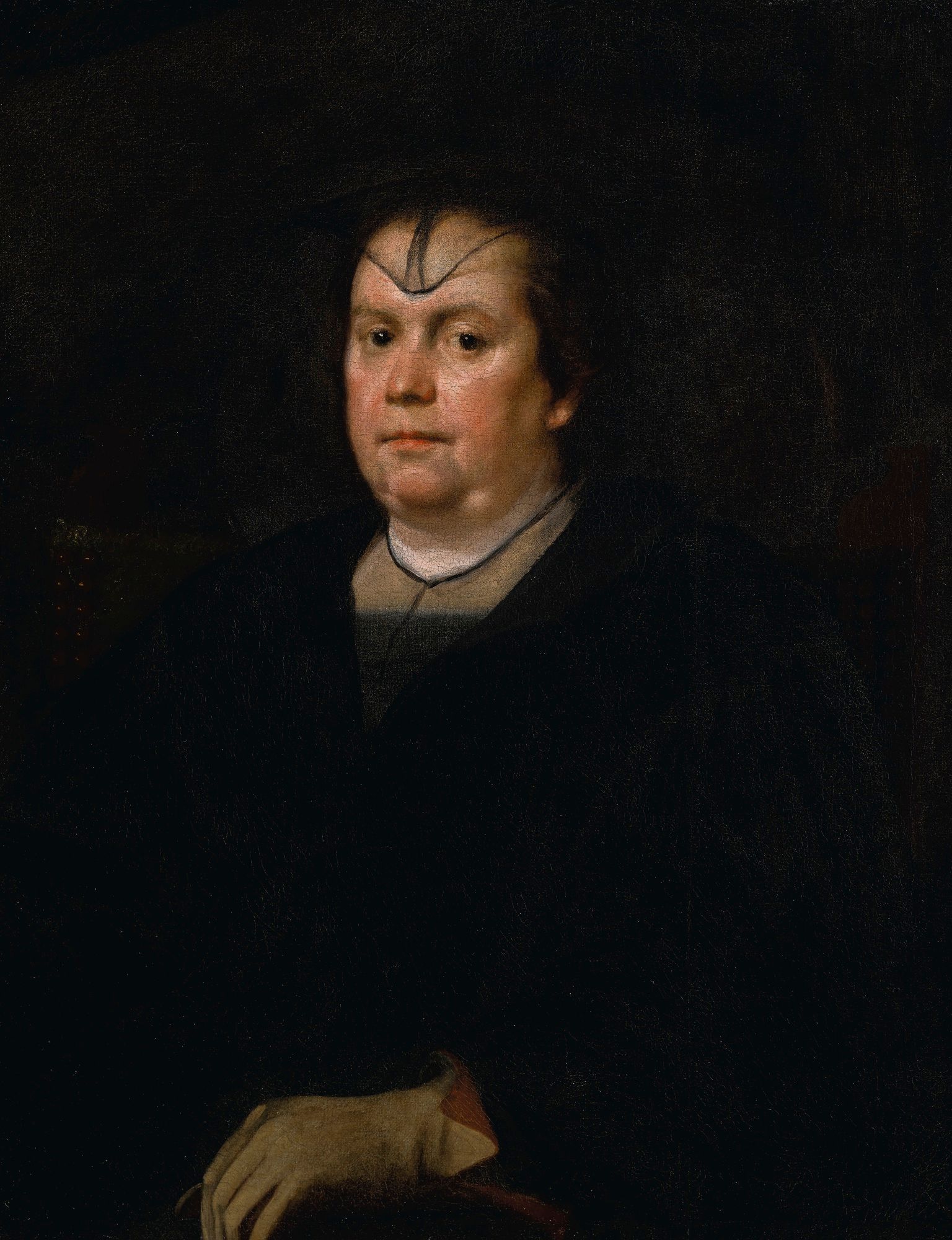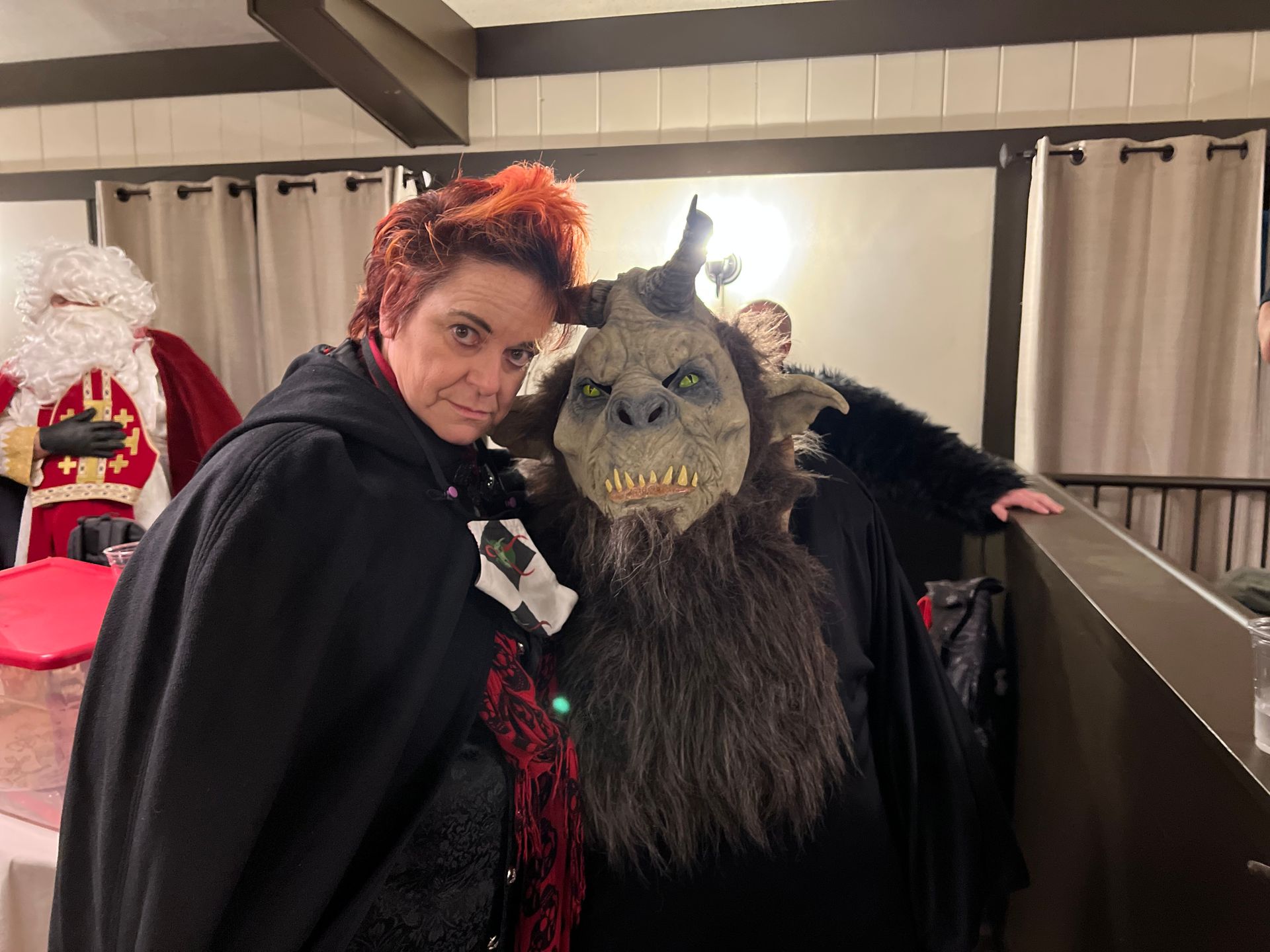Why I Believe in Magic: Science, Consciousness, and the Secret Power of the Universe
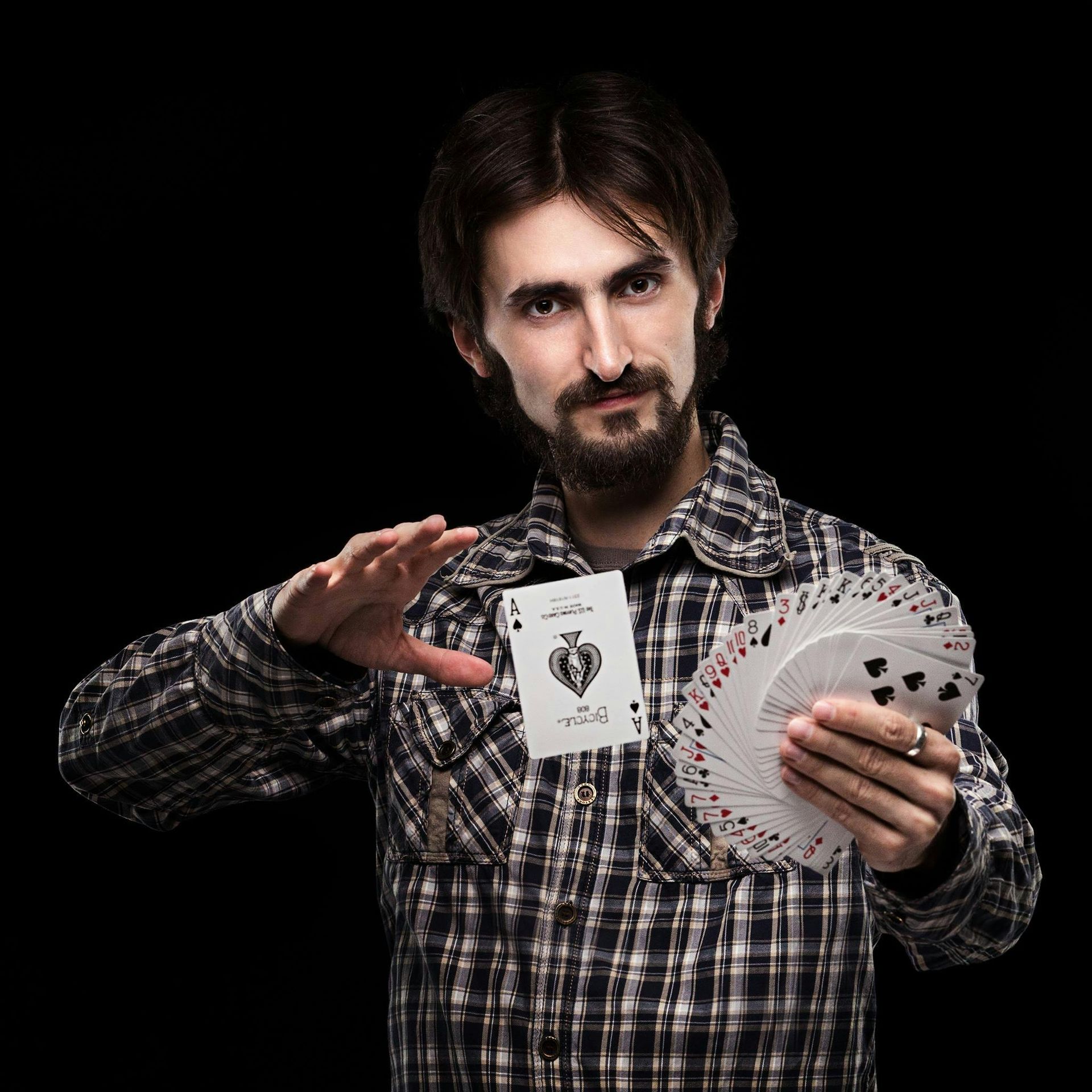
When you hear the word magic, what comes to mind? Stage illusions with card tricks and rabbits in hats? Wizards casting fireballs in fantasy novels? Or maybe New Age spirituality with crystals, candles, and incense?
For many, magic is entertainment, fantasy, or superstition. But Dr. Dean Radin, chief scientist at the Institute of Noetic Sciences and author of Real Magic: Ancient Wisdom, Modern Science, and a Guide to the Secret Power of the Universe, argues that real magic is neither stagecraft nor fairy tale. Instead, it is part of human history, human experience, and something science can actually test in the laboratory.
After studying Radin’s work, reading Real Magic, and interviewing him about his decades of research, I’ve come to believe that magic is real. Not the lightning bolts from wands kind of magic, but something subtler and more profound: the ability of consciousness to reach across time and space, to influence the world, and to connect us to something greater.
The Three Forms of Magic
Radin distills millennia of esoteric traditions into three categories that consistently describe magical practice across cultures:
- Divination – perceiving through time and space. This includes clairvoyance, precognition, and remote viewing. In simpler terms: knowing things you should not be able to know.
- Force of Will – using intention to shape reality. Modern parapsychology calls this psychokinesis, or influencing matter with the mind.
- Theurgy – invoking or communicating with spirits, ancestors, or intelligences beyond the ordinary world.
Whether you look at shamanism, the Hermetic tradition, or modern occult practices, these three elements appear again and again. And interestingly, they map directly onto what parapsychologists like Radin have been studying for more than 150 years.
Telepathy in the Lab: Beyond Coincidence
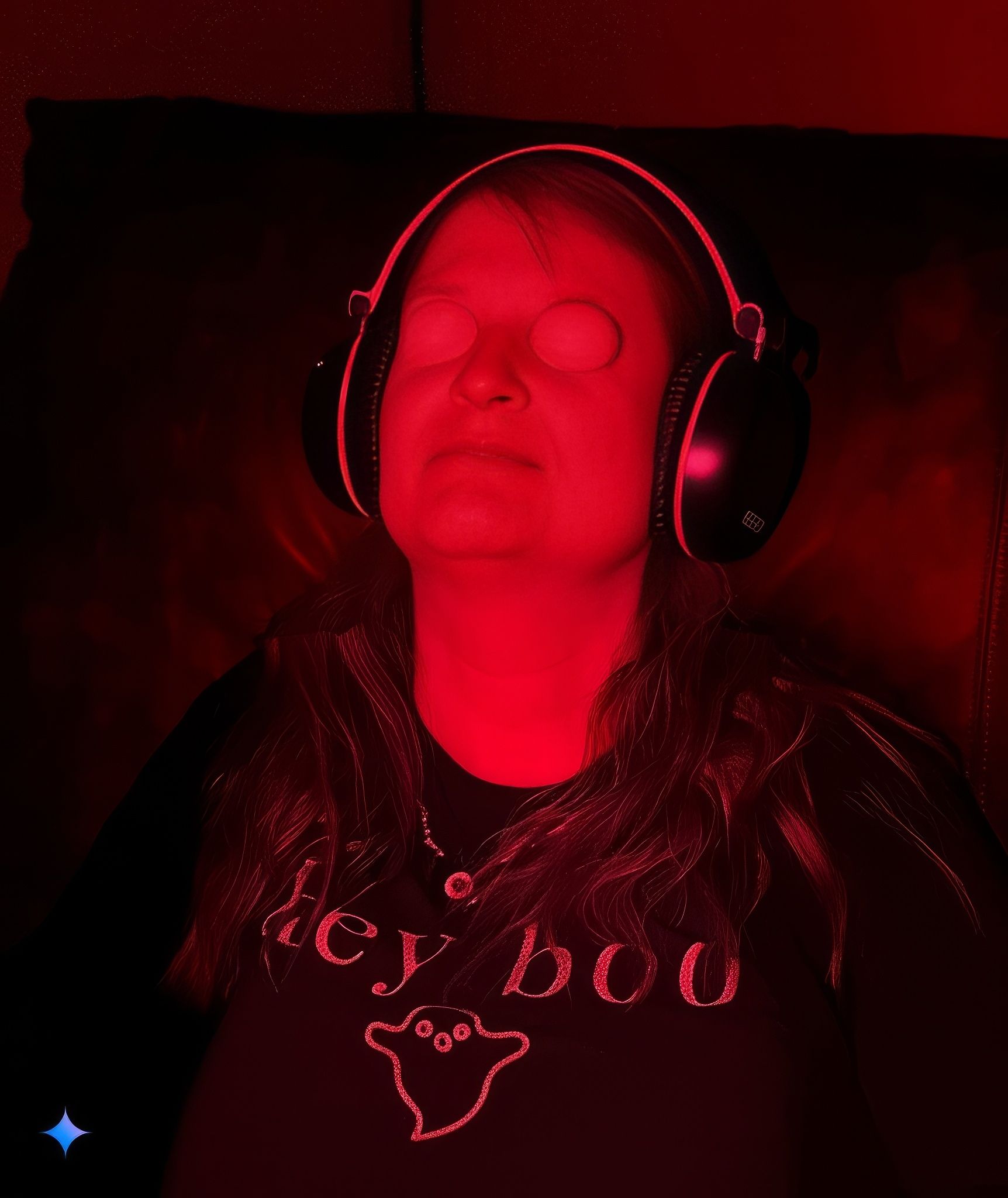
Let’s start with divination and telepathy. Most of us have had moments when we thought of someone right before they called, or dreamed about an event that later came true. Skeptics dismiss these as coincidence, pointing out that with billions of people having trillions of thoughts, some are bound to line up.
But what happens when you bring those “coincidences” into the lab? In the late 90s when I was in college at the University of Wisconsin, I did my Experimental Psychology project with a classic psi experiment like the kind that Radin describes in his book:
- Two people are separated so they cannot communicate.
- Putting the sender and receiver in sensory deprivation (they call this the ganzfeld, German for "whole field")
- One, the “sender,” is shown a random image from a pool of four.
- The other, the “receiver,” is asked to pick which image was being sent.
By chance alone, the receiver should pick correctly 25 percent of the time. But after more than 4,000 such trials, involving college students, family members, and even self-proclaimed psychics, the hit rate averaged 32 percent. That difference may seem small, but statistically it is enormous. The odds of it happening by chance are astronomically low.
What is more, even skeptics who ran the same experiment achieved the same results. This is not a one-off anomaly. It is repeatable across decades, labs, and participants.
In other words: telepathy, at least in this subtle form, seems real.
Psychokinesis: Mind Over Matter
If telepathy is about perceiving, force of will is about influencing. Pop culture gives us images of levitating objects, Jedi mind tricks, or bending spoons with sheer concentration. While the lab has not produced anything quite that cinematic, Radin and colleagues have shown again and again that the human mind can subtly affect matter.
The most famous experiments use random number generators (RNGs), electronic circuits that produce unpredictable streams of 1s and 0s, the digital equivalent of coin flips. Under normal conditions, the output should be random, with no patterns. But when participants focus their intention on the RNG, willing it toward more 1s or more 0s, small but statistically significant deviations occur.
Over decades and hundreds of studies, these deviations add up. At a certain point, the probability that they are “just chance” becomes effectively zero. This is what scientists call a Six Sigma effect: a result so far beyond random expectation that, in fields like physics, it would be Nobel Prize worthy.
Beyond RNGs, Radin cites experiments where intention appears to influence the behavior of photons, the growth of bacteria, even the health of small animals. The effects are not large, but they are consistent, measurable, and real.
Ritual, Gnosis, and Why Belief Matters
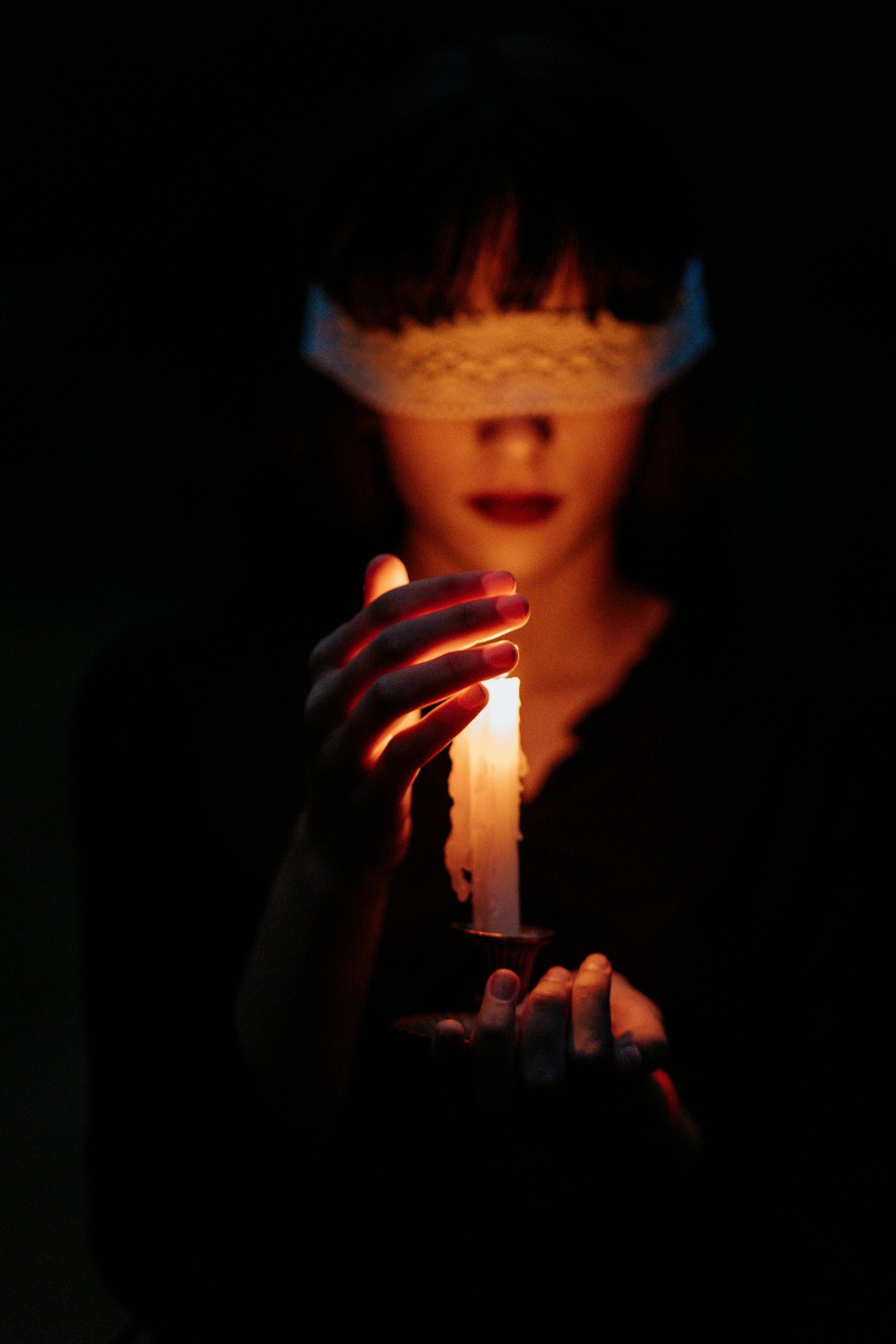
If magic is real, why the robes, chants, candles, and symbols? Why not just think hard and make things happen?
Radin explains that rituals serve a psychological and neurological function. They help us enter a state of gnosis. Gnosis, sometimes called a non-ordinary or mystical state, is where the boundaries of ordinary awareness dissolve. In gnosis, the mind quiets, distinctions fade, and consciousness becomes unified and focused.
It is from this state, Radin argues, that magic works best. The ritual is not inherently powerful. It is a tool to shift awareness into the right mode. That is why ancient traditions insisted on facing north, or using particular symbols. These elements were not arbitrary. They helped align body and mind with deeper layers of reality.
One practical method Radin describes is “writing magic.” The practice is simple:
- Write down your goal in the present tense, as if it has already happened: I have my dream job.
- Treat the writing as sacred. Use a special pen, keep it private, or burn it in a ritual.
- Focus deeply as you write, then release it. Do not obsess or share it casually.
Why does this matter? Because belief is crucial. Studies show that when participants believed in a blessing or intention, the effect was measurably stronger. In cultures where magic is deeply ingrained, like voodoo, its effects can even be life-or-death. Belief, in other words, amplifies the signal.
This is paragraph text. Click it or hit the Manage Text button to change the font, color, size, format, and more. To set up site-wide paragraph and title styles, go to Site Theme.
The Hypnagogic Doorway and Altered States
Magic also thrives in altered states of consciousness: dreaming, trance, hypnosis, psychedelics, or the twilight state between waking and sleeping. Radin cites research where people in deep hypnotic trance demonstrated extraordinary clairvoyant accuracy, sometimes described as “traveling clairvoyance” or remote viewing.
He also notes that hypnagogic (falling asleep) and hypnopompic (waking) states are especially fertile for magical practice. In those moments, when the rational mind loosens its grip, intention seems to sink deeper. A simple bedtime affirmation or visualization can be more powerful than hours of daytime wishing.
Even common practices like prayer, drumming, chanting, or meditation work for similar reasons: they bypass analytical thought and open the door to gnosis.
Consciousness as the Secret Power of the Universe
At the heart of Real Magic is a bold claim: consciousness is fundamental.
In the prevailing scientific worldview, consciousness is an accident of evolution, a byproduct of brain tissue. But Radin argues, drawing on both ancient wisdom and modern evidence, that consciousness is not secondary but primary: the fabric of reality itself.
If consciousness is fundamental, then divination, telepathy, psychokinesis, and other “paranormal” effects are not paranormal at all. They are natural expressions of consciousness reaching beyond the limits of matter, space, and time.
This shift in worldview mirrors past scientific revolutions. Just as quantum physics shattered classical certainty, the recognition of consciousness as fundamental may expand our understanding of reality and with it, what we call magic.
I even wrote a song called "Hypnogogic" check the video out below!
Why I Believe in Magic
So why do I believe in magic?
- Because telepathy experiments, replicated thousands of times, show results beyond chance.
- Because RNGs and micro-PK studies reveal that intention can influence matter.
- Because rituals, writing, and altered states have demonstrable psychological and measurable effects.
- Because cultures worldwide, from shamans to yogis to mystics, describe the same three forms of magic.
- And because the idea that consciousness is fundamental makes sense of it all.
Magic is not about fireballs or fantasy. It is about the subtle ways our minds shape reality, the unseen threads that connect us, and the possibility that we are far more powerful and interconnected than we have been taught.
As Radin himself says, the taboo against studying magic is not scientific. It is cultural. And like all taboos, it is time to question it.
The Call to Wonder
In a world obsessed with materialism, efficiency, and skepticism, believing in magic might sound naïve. But I see it differently. Magic is a reminder that mystery is real. That our intentions matter. That we are part of something greater than ourselves.
You do not have to wear robes or chant in Latin. You do not have to deny science. You just have to stay open to the possibility that consciousness, your consciousness, can ripple through the universe in ways we are only beginning to understand.
That, to me, is real magic. I believe. If you would like to hear an interview I conducted with Dr. Radin, please check out our podcast!

